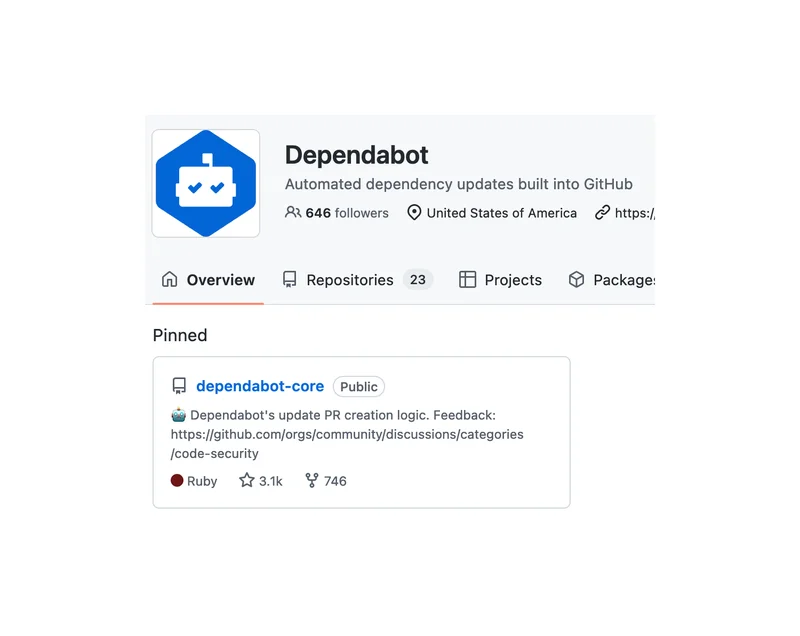We have previously written about the importance of scanning for compliance. This has become even more important with the introduction of AI-assisted code generation tools like Github Copilot. The next step is making your scanning effective by integrating with your Continuous Integration / Continuous Delivery (CI/CD) system.
Read More ⟶One of the keys to success as an OSPO is balance: making sure that you have done enough, but do not have so many procedures and processes that they become counterproductive. But how do you know what is "enough"? One way is to use the OpenChain standards as a guide. This article focuses on the recent OpenChain Security Assurance Standard.
Read More ⟶One of the big drivers for investment in open source tooling is security. We want to introduce you to Dependabot - a tool you should probably be using to help you keep your open source components up to date.
Read More ⟶One of the first tools that we bring when working with OSPOs is the OpenChain 2.1 / ISO/IEC 5230 standard. OpenChain is an international standard for open source programs, helping companies create compliant processes. But what does OpenChain mean for your OSPO?
Read More ⟶The core administrative function of an Open Source Program Office is making sure you know what open source software your organization is using. Every other function relies on this basic knowledge. If you don't know what software you are using, you can't comply with the licenses, you can't respond to security issues, and you can't engage with the larger community. So how do you get that information? In a word, scanning.
Read More ⟶One of the first tasks for any OSPO is creating an open source policy. It's the charter for your open source program. It should express your company's take on the big questions: Why does your organization engage with open source? What are your goals? Who is allowed to engage with open source? The answers may be different for each organization, but there are two key concepts that will help you create the most effective policy for your organization.
Read More ⟶




